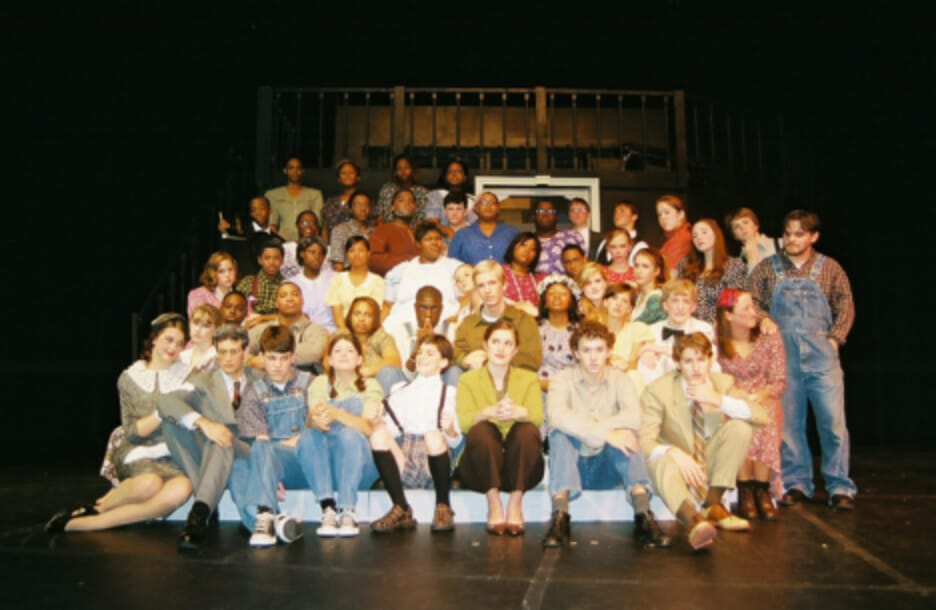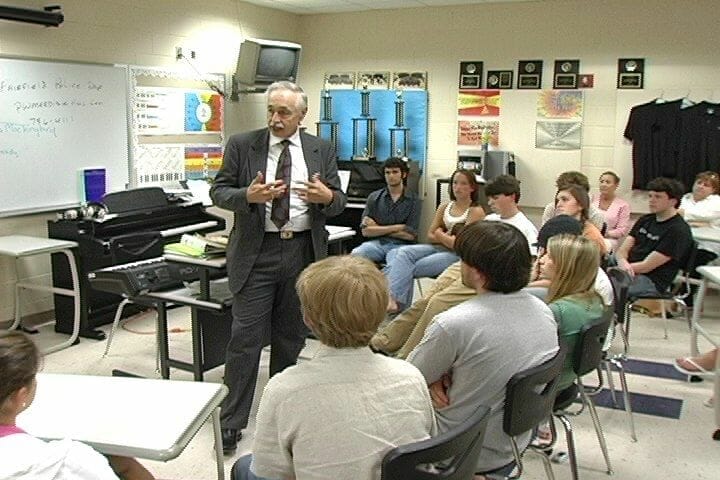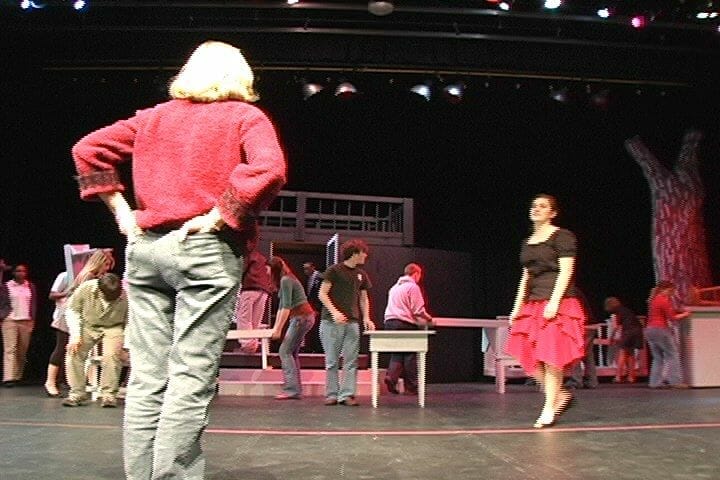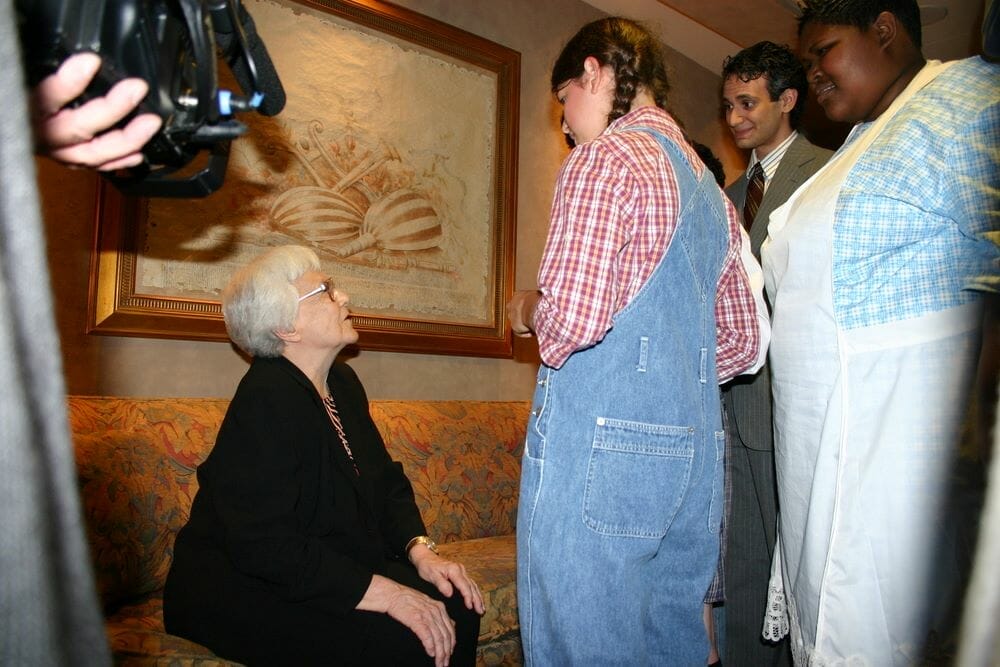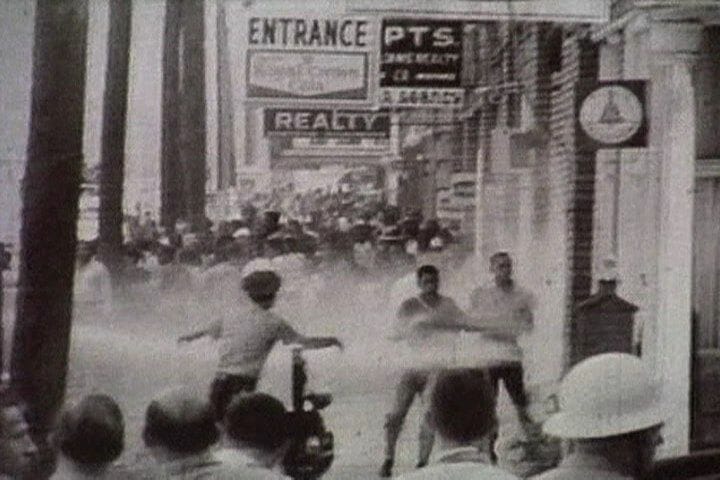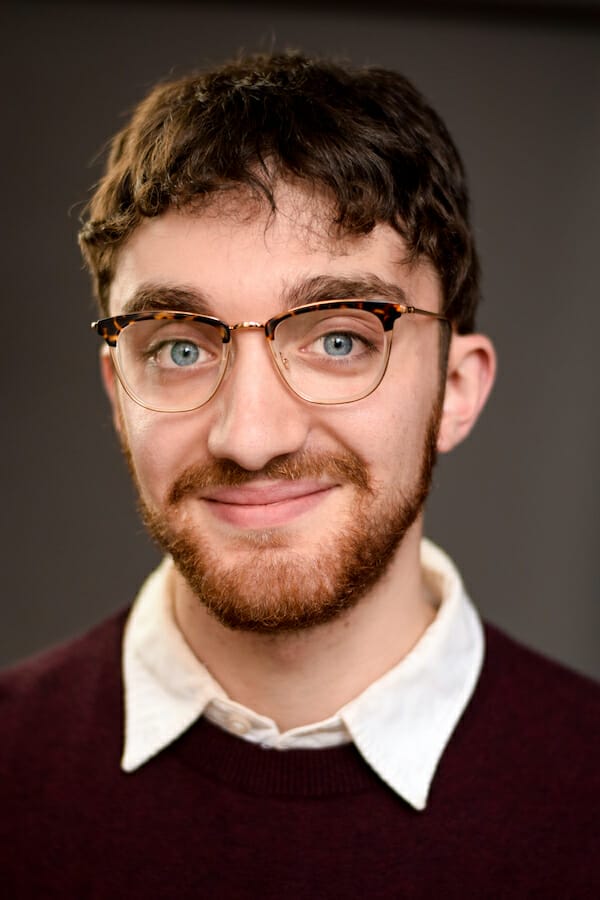Editor’s Note: Find more OVID.tv film reviews here.
Throughout the 66-minute run time of Sandy Jaffe’s documentary Our Mockingbird, not a moment passes without a comment made regarding Harper Lee’s 1960 novel To Kill A Mockingbird. The seminal work of American fiction exposed many of the fault lines of American racial prejudice––the “national original sin,” as the film refers to it.
Jaffe has culled together a broad array of commentators to give their takes on the novel and its impact, from former Attorney General Eric Holder, to actors Mary Badham and Philip Alford, to author Carolyn McKinstry, who was in the 16th Street Baptist Church during the 1963 bombing. They strike this reviewer as all being erudite commentators, with insightful parallels to draw between the social unrest in Lee’s novel, and the hard history of American racial injustice.
And yet, in this writer’s view, it’s a quote spoken by white high school student David Bolus that reveals the most about American progress on civil rights since the publication of Lee’s novel. “There’s not that much evidence of prejudice,” Bolus says, of his fellow White students. With a shrug, he adds: “maybe because there’s no one to be prejudiced against.” Bolus is an actor, performing in the stage adaptation of To Kill A Mockingbird that Jaffe’s documentary centers around. He is playing Atticus Finch.
OUR MOCKINGBIRD Shows Two Communities, Working In Tandem
The play in question is the co-production of two Birmingham high schools: Fairfield High Preparatory School, predominantly Black; and Mountain Brook High School, predominantly White. The production is being staged in 2015, long after the de jure segregation of Birmingham has been eliminated. Archival photos throughout the film show the signage of Black and White drinking fountains, or movie theatres where Black patrons must walk to the upstairs balcony.
The question at the center of Jaffe’s documentary is how far Birmingham––and thus, the country––has come since the days of the civil rights movement, when Lee’s novel was published. Teachers and students from both schools speak to their hope that this cross-racial co-production will be an enlightening experience for students. “You do come from two different communities,” says Pat Yates, the White director, during the first rehearsal. “So your experiences are entirely different from each others.”
As the rehearsals continue, we watch warm footage of the Black and White students palling around, discussing the play, and trying on their costumes. “I do know from listening to them that they would compare things,” says Patsy Howze, the Choir Director at Fairfield High. “Then they found out they really were not that different.”
Jaffe’s Film Explores How America Has Changed –– And How It Hasn’t
“We live a sheltered life,” says Reed Milewicz, who plays Judge Taylor. “Where we aren’t forced to understand or comprehend what we don’t have to.” As Milewicz speaks, the camera shows Mountain Brook’s football team in the background––fully equipped, with shoulderpads and jerseys. Cut to the Fairfield High team, wearing helmets atop running shorts and tank tops. It’s one of several moments in Jaffe’s film that hints at the underlying inequality of today, which may be seen just as normalized as Scout’s view of inequality in Lee’s novel. Testimonies from White Birmingham residents who lived during the 1960s––who remember the time “they couldn’t go downtown to the movies anymore”––clash against the words of Black activists, speaking to their memories of the integration of the University of Alabama, or the march across Edmund Pettus Bridge.
Some may see a comment from Pulitzer-winning author Diane McWhorter as the film’s most blunt recollection. A classmate of Mary Badham, who played Scout in the 1962 film adaptation of <em>Mockingbird</em>, McWhorter recalls that the Birmingham premiere of the film happened during the same week when riots were being broken up in Kelly Ingram Park. But the most emotionally charged observation, in this writer’s view, comes from Roman Gladney, the student playing Tom Robinson––the Black man on trial for assault in Lee’s story. “Every emotion that Tom would feel, I feel,” he says. “It has a very profound effect on me. It’s like I’m really Tom Robinson when I’m on that stage.”
The Conclusions Of OUR MOCKINGBIRD Are Honest, Though Not Groundbreaking
On the periphery of the co-production of Mockingbird, the documentary includes other observations about the 1960s––from the stringent social codes for women that Scout breaks, to the stratified class divides that Lee showcases with the Ewell and Cunningham families. In the view of this writer, the documentary succeeds most when it focuses on the question of how the themes of Lee’s story resonate today culturally, rather than how it resonated with individual readers. Those viewers with warm memories of Lee’s novel, but who haven’t fully wrestled with its dark implications, are the ideal audience for the documentary––while those who have already grappled with the story’s vision of injustice may similarly find the film’s conclusions shallow. Jaffe’s work, alongside editor Bernice Schneider, paints a picture of a country significantly improved from the time of Mockingbird’s publication, but which still has a way to go.
This idea, too, is best encapsulated by a quote from one of the students: a Fairfield High student named Stephanie Porterfield, who plays an ensemble townsperson. “Mount Brook isn’t a segregated school,” she says, before adding with a smirk, “but there are no White kids here, and no Black kids there.”
SOMEWHAT RECOMMENDED
Nominate this for The Picture This Post BEST OF 2020???
Click Readers' Choice
Vote Securely! Vote Privately! And Make Your Vote Count-- as all voting should be!!
Producer/Director: Sandy Jaffe
Editor: Bernice Schneider
Cinematographer: Steward Jones
Composer: John Kusiak
For more information and to watch this documentary, visit the OVID.tv webpage for OUR MOCKINGBIRD.
Images courtesy of OUR MOCKINGBIRD film
About the Author:
Zach Barr (they/them) is a freelance director and writer based in the Chicagoland area. Their work has previously been featured by Newcity Stage, Scapi Magazine, and on their own blog The Hanslick Girls. Zach serves as the Literary Associate at Sideshow Theatre Company, and is a recurring participant in Chicago Dramatists’ Playwrights Aloud series. Find them on social (@AdmiralZachBarr), or on their website.

